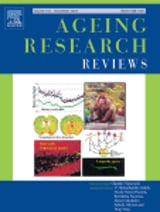Aging Muscle Regeneration: Unraveling the Decline and Future Therapies for Age-Related Muscle Loss
November 20, 2024
As individuals age, their muscle regenerative capacity declines significantly due to both cellular and extracellular changes, which are intensified by the biological processes of aging.
This aging process leads to the exhaustion of satellite cells, the primary muscle-derived stem cells, resulting in fewer cells and diminished functionality that adversely impacts intercellular interactions and the production of the extracellular matrix.
While satellite cells are crucial for muscle development and regeneration, other muscle-resident cells, such as fibro-adipogenic progenitors and immune cells, also experience a decline in functionality with age.
The reduced functionality of these cells diminishes local growth factor activity and the muscle's responsiveness to injury, further complicating the regeneration process.
Experimental studies indicate that a younger microenvironment can rejuvenate aged satellite cells, although progenitor cells in very old individuals may undergo irreversible changes that impair their proliferation and function.
Additionally, systemic hormonal changes associated with aging contribute to muscle cellular breakdown and disrupt overall muscle homeostasis.
Understanding the interplay between cellular and environmental factors is essential for grasping the mechanisms behind muscle degeneration, which may pave the way for future regenerative therapies targeting age-related muscle decline.
Summary based on 1 source
